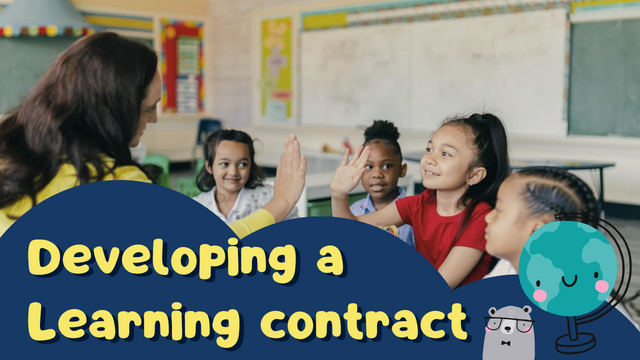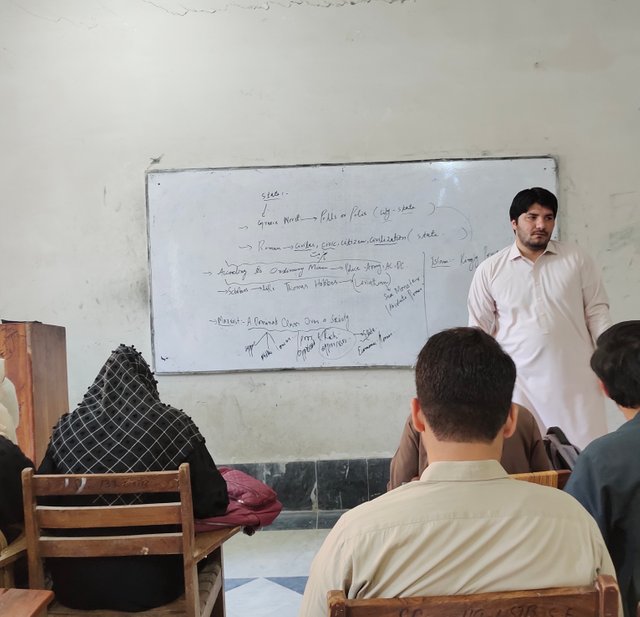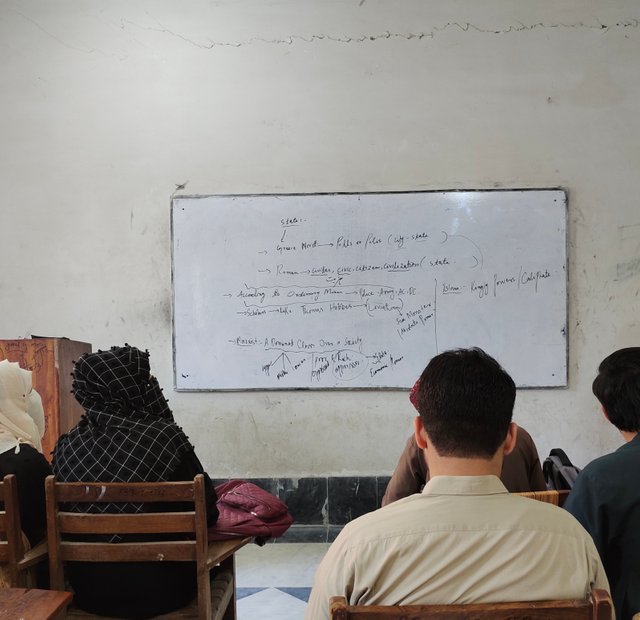SLC | S21W1: Developing a Learning Contract

Teachers often encounter many unforeseen obstacles during the learning process in the classroom. From projectors that do not work to students who appear to have questions that will never end, teaching can sometimes be like an obstacle course!
Besides equipment glitches, teachers also deal with different learning styles, and it is quite a juggling act to balance everyone's needs.
And then, of course, there are the old standbys: latecomers or distracted students. It can be like trying to herd cats! Getting all to focus, become interested, and enthusiastic requires patience and, sometimes, creativity as well.
The teacher may run into a snag when lesson plans that seemed so much fun to write do not seem nearly as exciting to the pupils.
The other challenge often faced is that the light atmosphere and seriousness of things must not allow one to keep discipline.
There's always a thin line between a structured learning environment with a playful atmosphere and some laughter going a long way.When students are comfortable, they're more open to contributing to class and thus have a great place.
Improvisation is a very common occurrence in teachers. They rely on an adaptability in the moment of what is working in their lessons. The fluidity of a classroom environment keeps them guessing and proves that flexibility is just as important as planning.
| Challenges | Examples |
|---|---|
| Technical Issues | Projectors not working, audio glitches |
| Diverse Learning Styles | Adapting for visual, auditory, and kinesthetic learners |
| Student Distractions | Late arrivals, chatty students |
| Discipline vs. Fun | Balancing structure and engagement |
| Lesson Flexibility | Adjusting plans on the spot |

Learning contracts are key instruments when setting clear expectations in the class. In a sense, they are just like a roadmap for the entire class and, therefore, everyone going in the same direction. This way, students are already aware of what to expect for a smoother continuing journey.
Statistically speaking, learning contracts are said to boost student involvement by 20% in total capacity. They also raise accountability levels. In essence, having shared goals elevates the motivation levels-this works as an added advantage for most.
In my own teaching, contracts have reduced misunderstandings and classroom disruptions. It's almost magical—when they are all on the same page, things just work better; students seem more comfortable!
Overall, learning contracts transformed my teaching. They introduced structure and clarity and a dash of humor into every lesson, eventually turning chaos into cooperative learning!

A learning contract should contain such essential elements as clear goals, responsibilities, attendance expectations, participation guidelines, and evaluation criteria. Here's why such components are useful:
Clear Goals: This is defining what students need to accomplish gives them direction. It helps them see the purpose of every lesson and gives me an easy way to track progress toward a given learning objective.
Accountabilities: Student and teacher specifications determine responsibilities for both parties. Students learn their role, and this enables me to prepare for independent learning from such a structure.
Attendance Expectations: Attendance requirements help to create a sense of importance regarding classroom presence. This is very useful in respect to holding sessions regularly and for students to be able to take full value from each session.
Participation Guidelines: A learning contract makes the learning process more interesting since it involves active participation. Students are comfortable expressing themselves, thus making class discussions richer and interesting.
Evaluation Criteria: The learning contract clarifies to a student how he is going to be graded such that there will not be any confusion of grading criteria. It works both ways for the students and for me as well in the sense of creating an atmosphere of fairness and trust over the procedure of evaluation.

To keep the students to the learning contract, I use strategies that combine consistency with engagement and a dash of humor. Here are my methods:
Brief Friendly Check-ins: Periodic brief check-ins to monitor progress. It reminds them of their commitments without being too formal and keeps the contract in their minds.
Rewards and Positive Reinforcement Celebrations of small wins: Any level of participation paid to students keeps them motivated. Even a simple acknowledgment can make a difference and positive reinforcement has brought more compliance.
Clear, Fair Consequences If a student does not follow the contract, I apply fair consequences, such as losing participation points or extra assignments. Since the contract is discussed openly at the start, students know what to expect, making these consequences effective and respected.
Activity that caters to diverse learning styles: I will create activities that will excite students' different learning styles, and make things lively. I have been preparing lessons to incorporate group work, interactive discussions, and personal tasks, and discovered that students are more committed this way.
These methods so far have been pretty fine, as students appreciate fairness and support. For the activity, I try to achieve a balance between structure and flexibility, making the class fun and effective!

Adieu, folks!
May the winds of fortune
carry you to greatness!
May the winds of fortune
carry you to greatness!
Saludos amigo ser un docente no es una tarea fácil sin muchos los obstáculos que se presentan en el proceso de enseñanza y aprendizaje de los alumnos, para que los alumnos se interesan en las clases hay que implementar actividades dinámicas que capten la atención de todos los estudiantes ya que muchos suelen ser distraído y no se interesan en las clases
It is very important to have such a plan to improve yourself. Your vision is an example for us all. Go ahead, we're on your side. Good luck for the contest.